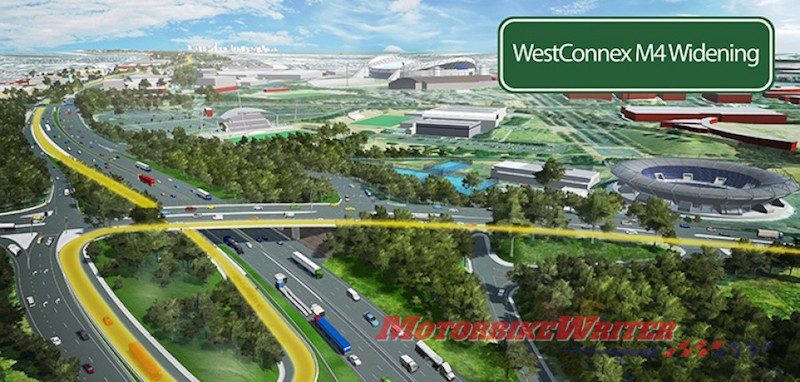A Sydney traffic expert has slammed the NSW Government for not updating its infrastructure planning since the 1950s, yet he says motorcycles and scooters are not worth considering.
This is despite the fact that motorcycles and scooters have been allowed to lane filter over the past few years, easing some congestion.
However, Dr Michiel Bliemer, Professor and Chair in Transport Network Modelling in the University of Sydney Business School says motorcycles and scooters “do not significantly contribute to congestion on the road (at least in Australia) and therefore are typically not simulated on road networks for transport planning purposes”.
No, they don’t contribute to congestion, but their ability to slip through traffic eases congestion and they should surely be considered in infrastructure planning.
He does say that if motorcycle and scooter numbers increase substantially, “maybe this will need to be considered”.
Maybe he hasn’t heard of the oft-quoted Belgian study that found that if 10% of all private cars were replaced by motorcycles, it would reduce traffic congestion by 40%. If 25% went from steering wheel to handlebar, traffic congestion would cease.
Nor has he noticed that Australian motorcycle registrations increased 53.6% from 2007-2016 compared with passenger vehicle registrations of 22.3%. It is the fastest-growing motoring sector!
Yet two-wheelers are consistently forgotten in traffic and transport planning.
Outdated planning
The Prof points out that modelling used by the State government to forecast traffic flows when planning new transport infrastructure such as WestConnex, has not changed since the 1950s and is flawed.
He points to the financially troubled multibillion dollar Cross City Tunnel as an example of infrastructure built without a “realistic” understanding of the number of vehicles likely to use it each day.
“The models that are being used today are based on the same assumptions that we made in the 1950s when there was virtually no congestion,” he says.
“These models still assume that congestion is very light and that queues are unlikely to form anywhere in the network.
“It’s a bit like going to the supermarket. The 1950’s model assumes that there are always enough checkouts and that queues will never form. When it comes to our roads, that kind of assumption is no longer valid, especially in Sydney where we have a lot of congestion that impacts on travelling times and that cannot be predicted by the old model.”
A lot of what the Prof says is true, but it is a shame that like so many infrastructure planners, he doesn’t consider the impact that motorcycles and scooters can have on traffic.




